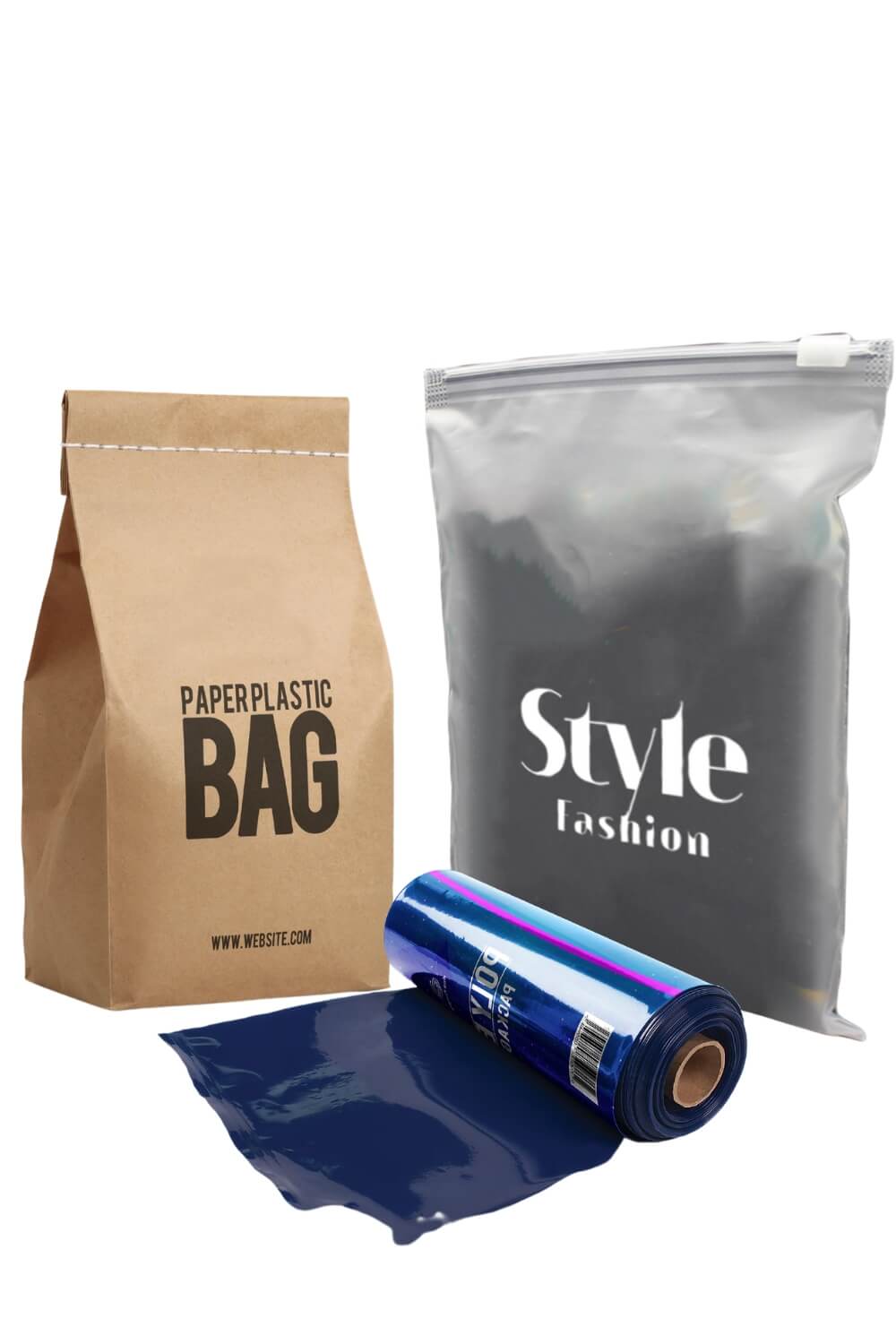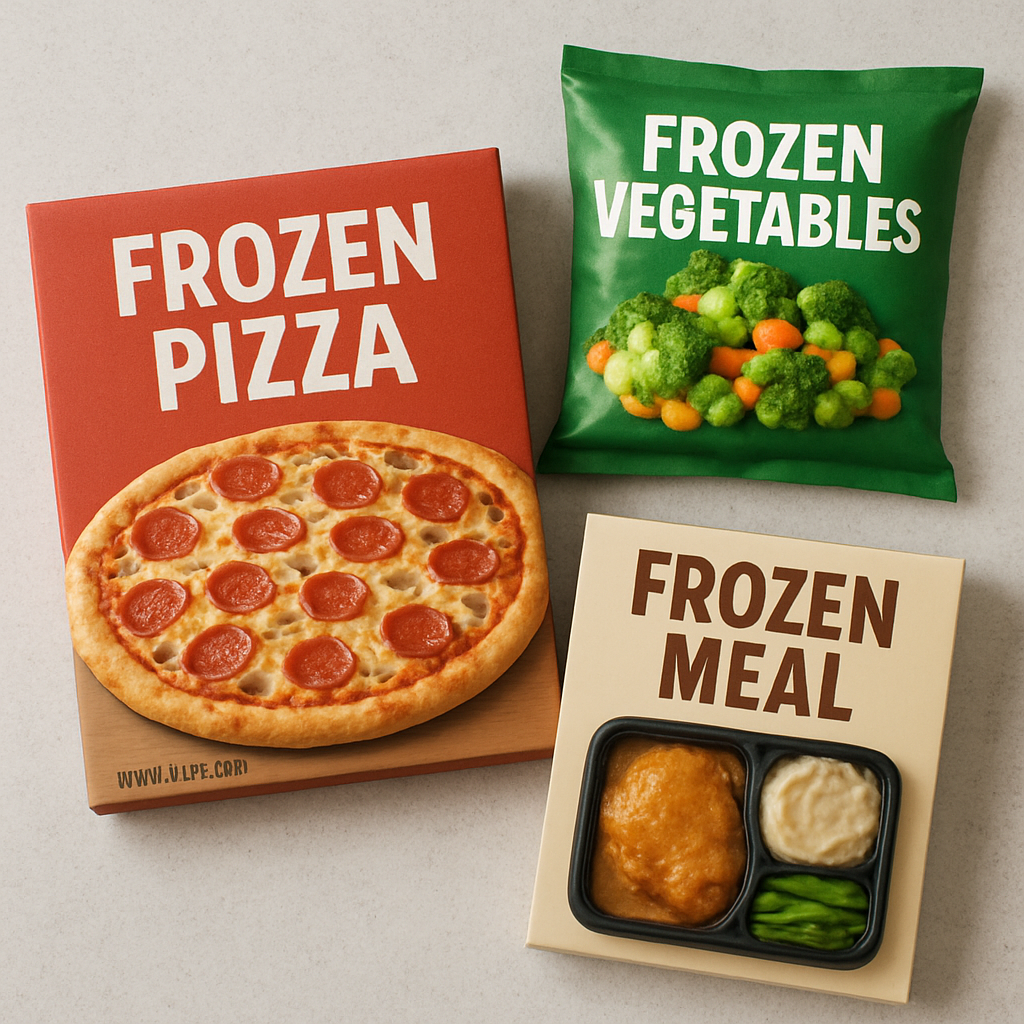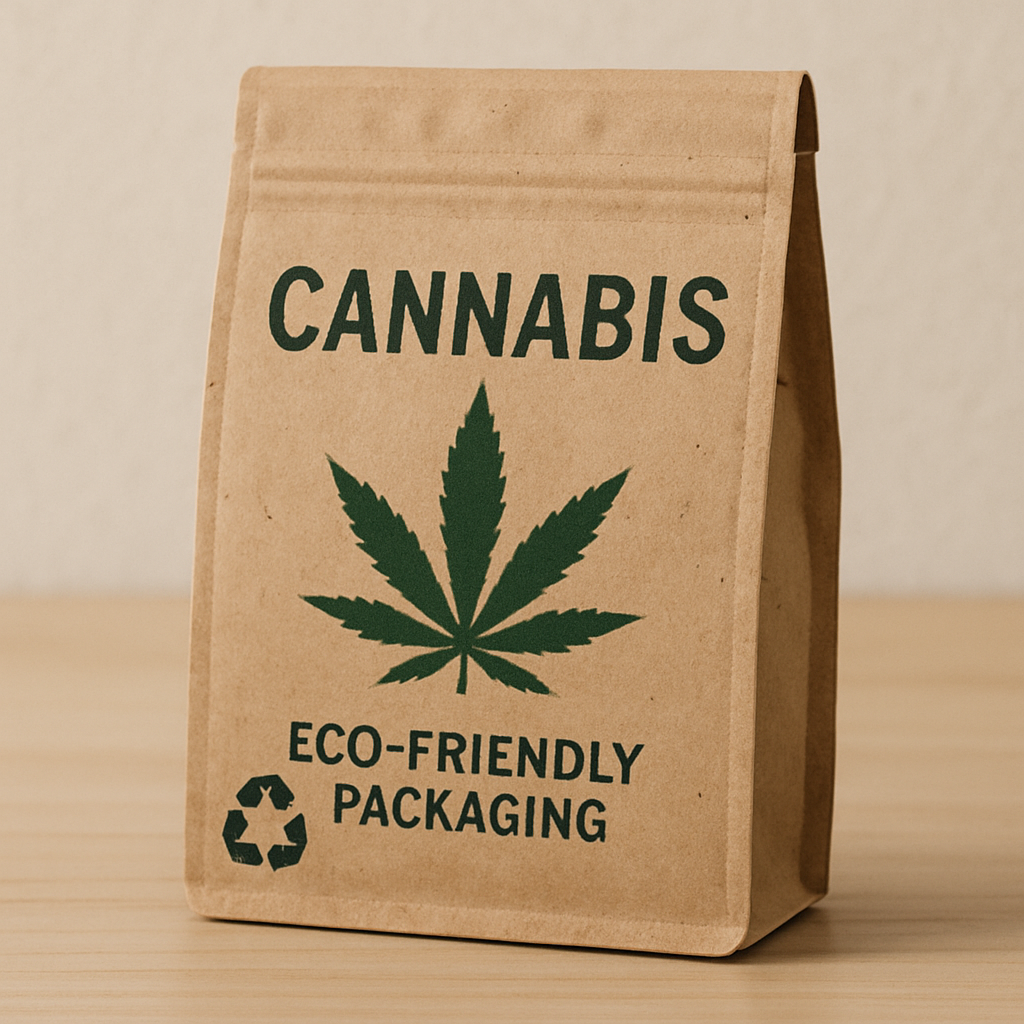Choosing the right packaging for frozen foods is crucial. It affects everything from temperature control to food preservation, ensuring products remain fresh and appealing to consumers. In this guide, Anacotte Packaging will explore the materials used, the structures of pouches, and the key benefits of various packaging options for frozen foods.
Frozen food packaging serves multiple purposes. It not only protects the food from external elements but also ensures that the quality and safety of the food are maintained throughout its shelf life. Proper packaging minimizes the risk of freezer burn, maintains temperature control, and aids in effective food preservation. The role of packaging extends beyond mere protection; it also plays a crucial part in the marketing and branding of the product, influencing consumer perception and purchase decisions.
Packaging is also vital for logistical efficiency. Well-designed packaging ensures that products can be transported and stored without damage, reducing waste and financial loss. It also allows for effective stacking and inventory management, optimizing space both in warehouses and retail environments. Therefore, understanding the importance of packaging involves recognizing its multifaceted contributions to the supply chain, customer satisfaction, and overall brand performance.
 The Role of Temperature Control
The Role of Temperature Control
Temperature control is vital in frozen food packaging. It ensures that food remains at a stable, cold temperature, preventing spoilage and maintaining nutritional value. Anacotte Packaging designs packaging solutions to keep cold air in and warm air out, significantly extending product shelf life. Packaging solutions that incorporate advanced insulation materials can further enhance temperature stability, providing a buffer against external fluctuations.
Furthermore, temperature control is not just about maintaining coldness but also about the speed of freezing and thawing processes. The right packaging can facilitate rapid freezing, preserving food’s texture and nutritional content. Similarly, packaging that allows for controlled thawing ensures food safety and quality upon reaching the consumer.
Food Preservation Techniques
Food preservation in frozen foods involves maintaining the original flavor, texture, and nutritional content. The right packaging helps achieve this by creating a barrier against moisture and air, which are primary culprits in food degradation. Advanced barrier technologies further enhance preservation by incorporating layers that block UV light and prevent oxidation, which can compromise quality.
Innovative packaging designs, such as portion-controlled packs, also help maintain quality by minimizing exposure to air and moisture each time the package is opened. This approach enhances preservation while providing convenience for consumers, allowing them to use only what they need and keep the rest protected.
Materials Used in Frozen Food Packaging

Various materials are used in the production of frozen food packaging, each offering distinct advantages. The choice of material can significantly impact performance, cost, and environmental footprint.
Plastic
Plastics such as polyethylene (PE) and polypropylene (PP) are widely used due to their flexibility, durability, and moisture resistance. They are ideal for creating tight seals that prevent air and moisture ingress and can be molded into various shapes and sizes for innovative packaging designs. Anacotte Packaging also offers bio-based plastics and recyclable options to align with sustainability goals while maintaining performance.
Paperboard
Paperboard is often used for boxed frozen food items. Coated with a thin layer of plastic for moisture resistance, it balances rigidity and protection, ideal for products requiring additional support during transport. Sourced from renewable resources and recyclable, paperboard appeals to environmentally conscious consumers.
Aluminum Foil
Aluminum foil provides an excellent barrier against moisture, oxygen, and light, often used in multi-layered packaging solutions for high-value products requiring extended shelf life. Aluminum’s recyclability and protective properties make it a strong option for premium frozen foods.
Exploring Pouch Structures for Frozen Foods

Stand-Up Pouches
These pouches stand upright on shelves, offering high visibility. Features such as resealable zippers enhance convenience and help maintain freshness. Large surfaces allow for impactful branding and informative labeling, helping products stand out.
Vacuum Sealed Pouches
Vacuum sealing removes air before sealing, reducing freezer burn and extending shelf life. Ideal for high-moisture foods, vacuum pouches optimize storage space while enhancing product visibility.
Retort Pouches
Designed for high-temperature sterilization, retort pouches are often used for ready-to-eat meals. They provide lightweight, flexible packaging, reduce transportation costs, and allow for direct printing to communicate branding and product information effectively.
Key Benefits of Effective Frozen Food Packaging
Extended Shelf Life
Proper packaging protects food from external elements, extending shelf life and preserving flavor and quality. Longer shelf life reduces waste, improves distribution efficiency, and allows products to reach distant markets without compromising quality.
Enhanced Brand Appeal
Visually appealing and customizable packaging differentiates products on shelves. High-quality printing and innovative designs communicate brand messages effectively, fostering consumer loyalty and trust.
Consumer Convenience
Resealable zippers, easy-to-open designs, portion-controlled packs, and microwave-safe options improve user experience, encouraging repeat purchases. Easy storage and disposal further enhance satisfaction.
Environmental Considerations
Recyclable materials and renewable resources improve brand image and attract eco-conscious consumers. Sustainable practices enhance corporate social responsibility and build trust with both consumers and stakeholders.
Making the Right Choice for Your Product
When selecting frozen food packaging, consider your product type, required shelf life, and target consumer market. Collaborate with packaging experts like Anacotte Packaging to design solutions that meet these criteria while enhancing consumer experience. Conducting research on consumer preferences can guide the development of packaging that resonates with the market, driving engagement and loyalty.
Conclusion
Choosing the ideal frozen food packaging involves understanding materials, structures, and benefits that best suit your product. With the right packaging, you can ensure temperature control, effective preservation, and appealing presentation. Anacotte Packaging helps brands make informed decisions, protecting products, enhancing consumer satisfaction, and strengthening brand reputation in the competitive frozen food market. Staying updated with packaging innovations is key to maintaining a competitive edge.






Leave a comment
This site is protected by hCaptcha and the hCaptcha Privacy Policy and Terms of Service apply.